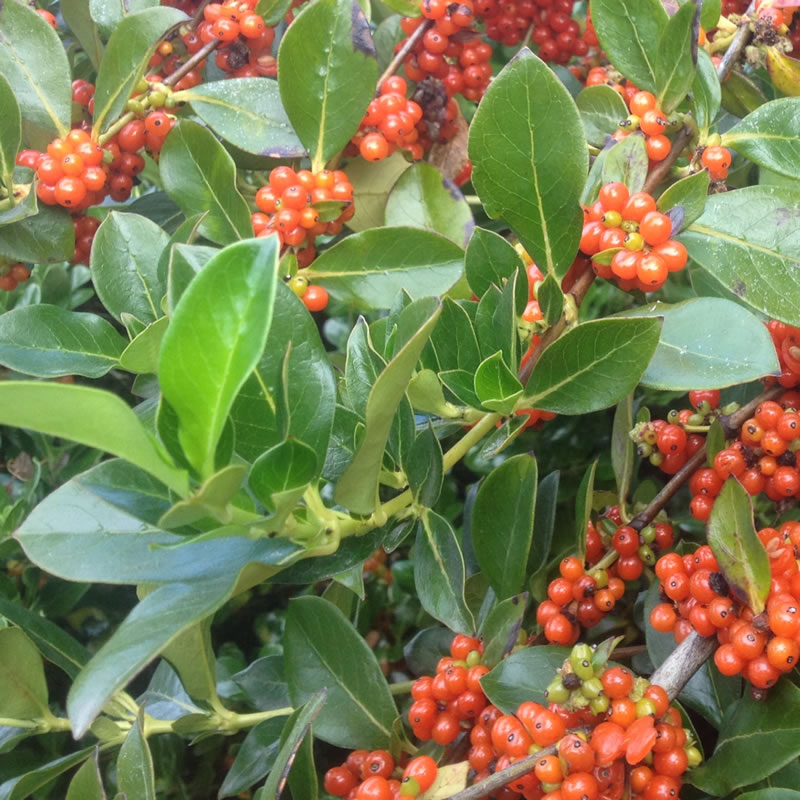Karamu

Karamu (Coprosma rubusta), a woody shrub native to New Zealand, is a declared weed in a number of locations around Tasmania. The most extensive outbreak occurs in the upper Derwent estuary along the foreshore around New Norfolk. Control here is a high priority, as it threatens to spread into the high conservation value wetlands between Boyer and Granton. Karamu thrives in wet environments and has the potential to displace native vegetation and disrupt the normal functioning of the wetland. Healthy wetlands provide breeding areas for fish and birds, help filter pollution and sediment from the water and mitigate floods.
Control and monitoring activities started in 2010. In 2017, a new seven-year Karamu Management Plan was developed by the Derwent Catchment Project, with input from the DEP, Dept. of State Growth, Dept. of Parks and Wildlife Services including Property Services, to manage Karamu in the Derwent, across all tenures. Active stakeholders in the management and control effort are the Derwent Catchment Project, Dept of State Growth, Parks and Wildlife Services, DEP,
Norske Skog, and Derwent Valley Council.
Karamu is an extremely difficult weed to control. Access to the plants remains one of the key limitations to successful control, with blackberry infestations requiring brush-cutting in places, significantly impacting on the time dedicated for control. Also, high water levels have hampered control efforts.
